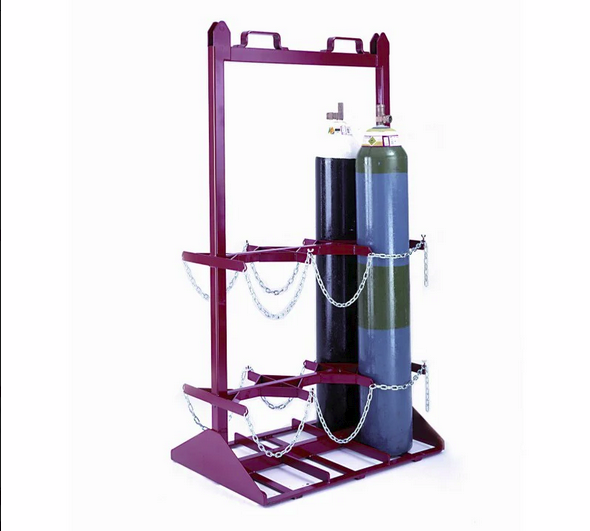Lifting cradles play a crucial role in various industries, facilitating the safe and efficient movement of heavy loads. Whether in construction, manufacturing, or logistics, understanding the fundamentals of using lifting cradles is essential for ensuring both worker safety and the integrity of the cargo being lifted. In this comprehensive guide, we'll delve into the essential tips and techniques for mastering the art of lifting cradle, covering everything from proper equipment selection to best practices for operation.
Understanding Lifting Cradles
Before delving into the tips and techniques for using lifting cradles effectively, it's important to have a clear understanding of what they are and how they work. Lifting cradles are specialized devices designed to securely hold and transport heavy or awkwardly shaped loads. They typically consist of a sturdy frame with adjustable arms or supports that can be configured to accommodate various load sizes and shapes.
Selecting the Right Equipment
One of the first steps in mastering the art of lifting cradles is selecting the right equipment for the job. This involves considering factors such as the weight and dimensions of the load, as well as the specific requirements of the lifting operation. Different types of lifting cradles are available to suit a wide range of applications, from simple manual cradles to more complex motorized or hydraulic systems.
When selecting a lifting cradle, it's essential to ensure that it is rated for the weight and dimensions of the load being lifted. Overloading a lifting cradle can lead to equipment failure and pose a significant safety risk to workers. Additionally, choosing a cradle with adjustable arms or supports can help ensure a secure fit for different load shapes and sizes.
Inspecting and Maintaining Equipment
Regular inspection and maintenance of lifting cradles are essential for ensuring their safe and efficient operation. Before each use, operators should carefully inspect the cradle for any signs of damage or wear, such as cracks, bent or broken components, or frayed cables. Any issues should be addressed promptly, and damaged equipment should be taken out of service until it can be repaired or replaced.
In addition to pre-use inspections, lifting cradles should undergo periodic maintenance according to the manufacturer's recommendations. This may include lubricating moving parts, tightening bolts and fasteners, and replacing worn or damaged components. By keeping lifting cradles in good working condition, operators can minimize the risk of equipment failure and ensure the safety of everyone involved in the lifting operation.
Safe Operating Practices
Once the appropriate lifting cradle has been selected and inspected, it's time to put it into operation. Safe operating practices are essential for minimizing the risk of accidents and injuries during lifting operations. Some essential tips and techniques for using lifting cradles safely include:
- Properly securing the load: Before lifting a load, it's crucial to ensure that it is securely attached to the cradle using appropriate restraints or fasteners. This helps prevent the load from shifting or falling during transport.
- Using proper lifting techniques: When operating a lifting cradle, it's essential to use proper lifting techniques to minimize the risk of strain or injury. This may include lifting with the legs rather than the back and avoiding sudden movements or jerks.
- Maintaining clear communication: Effective communication is key during lifting operations, especially when multiple workers are involved. Clear signals should be established between operators to coordinate the lifting process safely.
- Avoiding overloading: Lifting cradles should never be overloaded beyond their rated capacity. Operators should carefully assess the weight and dimensions of the load before lifting and adjust the cradle as necessary to ensure a safe and secure fit.
Conclusion
Mastering the art of lifting cradles requires a combination of proper equipment selection, regular maintenance, and adherence to safe operating practices. By following the tips and techniques outlined in this guide, operators can ensure the safe and efficient movement of heavy loads while minimizing the risk of accidents and injuries. Whether in construction, manufacturing, or logistics, lifting cradles play a vital role in facilitating the smooth flow of operations. With the right knowledge and training, operators can harness the full potential of lifting cradles to enhance productivity and safety in the workplace.





Comments